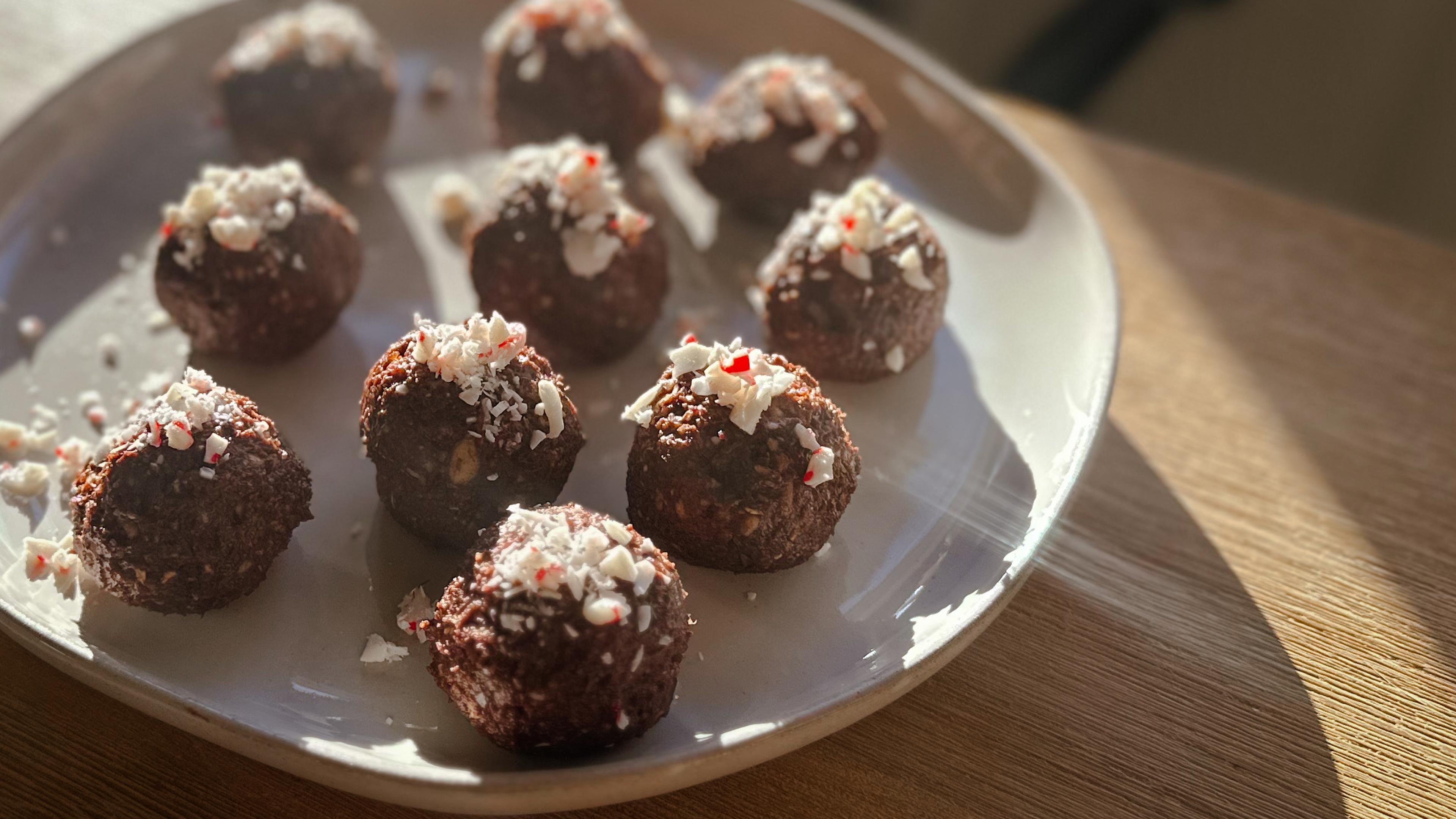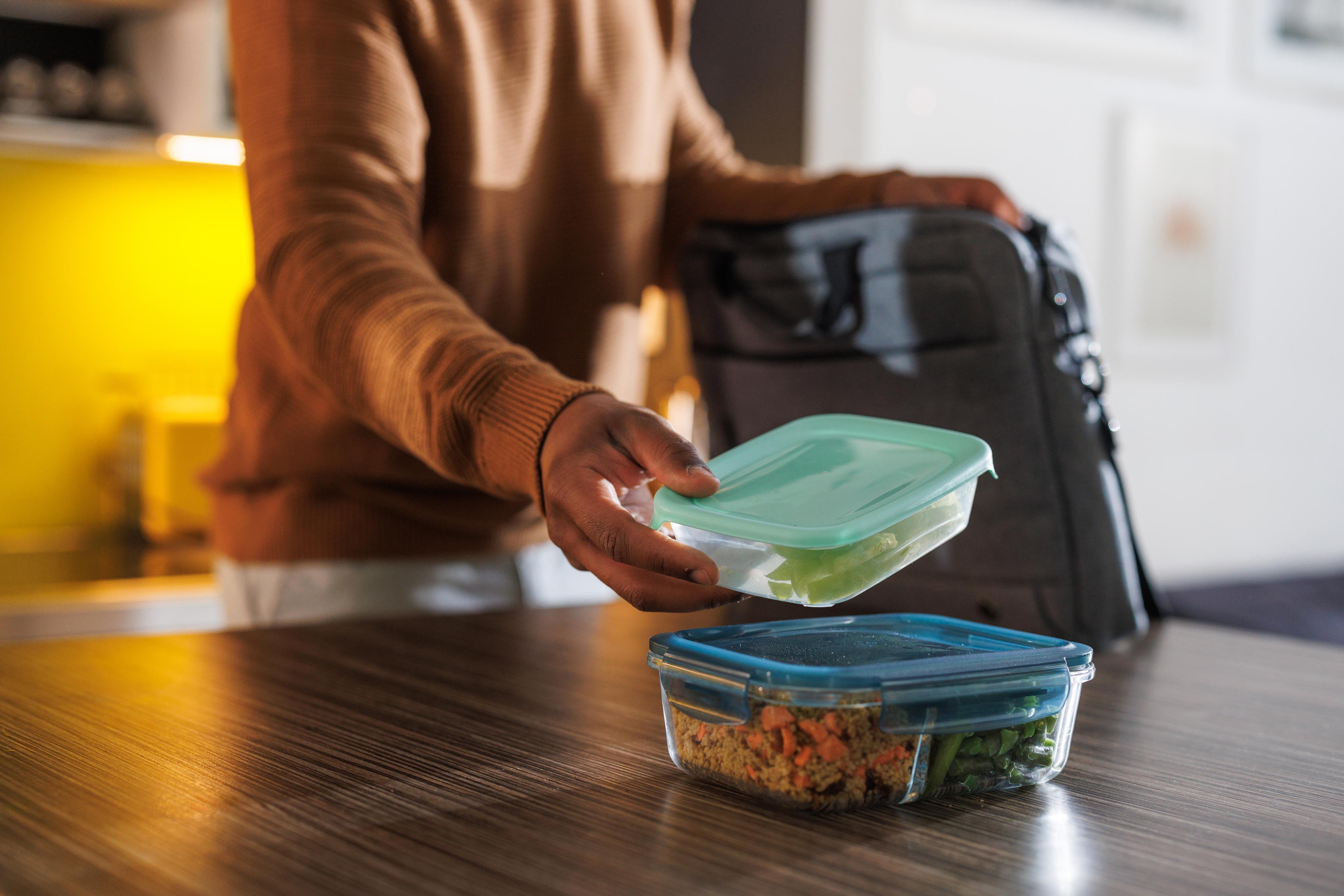How to minimize the high cost of eating healthy
Sven Gustafson
| 4 min read
My wife and I try hard to put healthy foods on the table for ourselves and our children. We prioritize fresh, organic and humanely raised food over fare that is heavily processed, factory-farmed or genetically modified.
Unfortunately, eating healthy isn’t always cheap — or easy.
We live in an era in which low-nutrient, high-calorie processed food is both cheap and ubiquitous, entire crops like corn and soy have been hijacked by biotech firms, and old-fashioned, mostly unadulterated food has been relegated to niche status, peddled largely by upscale grocers or at farmers markets.
The U.S. Department of Agriculture says the cost of feeding a healthy diet — defined as preparing all meals and snacks at home — to a family of four ranges from $146 to $289 a week, depending on how thrifty you want to be. That’s up from a range of $108 to $208 a decade ago as food prices rose faster than the rate of inflation.
Shocked by a few recent grocery bills, I solicited ideas for how to eat healthy on a budget on Twitter and brainstormed a few others:
@sveng Cook.
— lisa rose starner (@lisarosestarner) July 15, 2013
@sveng Like, not just reheat with the micro. Like with a pot, spoon, fire type cooking.
— lisa rose starner (@lisarosestarner) July 15, 2013
- It’s much easier to eat healthy and save money if you cook at home rather than dine out at restaurants. Yes, it’s more work, but it’s made easier if you enjoy cooking and find eating what you made its own reward. Experiment with new recipes if you get into a rut.
- Plan ahead and make meals that will stretch over several days. For instance, make a big pot of soup that can cover a dinner or two and several lunches. The same goes for lasagna or a casserole. We recently roasted a whole chicken for dinner one night, made quesadillas with it another night, then used the carcass to make a stock for later use in soup or risotto.
- Eat legumes. They’re a cheap alternative to meat, are tasty and are high in fiber and essential nutrients like protein, calcium and iron. Use them to make lentil or black bean soup, burritos or serve with rice for a more complete protein.
- Don’t waste food. Learn to embrace leftovers as tasty fixtures of your brown-bag lunch and creative exercises in how to reuse ingredients. This requires actively managing your refrigerator inventory to know what’s in it and stay on top of what has reached its “use it or lose it” stage.
- Buy foods in their whole, unprocessed form to get more for your money. We recently determined that buying a whole chicken from the local supplier where we buy our meats is significantly cheaper, when accounting for the cost per quantity of meat, than purchasing breasts, which have to account for the work it took to process them. Similarly, it will be cheaper to buy your fruits and vegetables in whole form, not pre-cut and pre-washed. And look for vegetables like beets and turnips with the greens still attached: They’re delicious, packed with nutrients and can easily count for a separate side dish.
- Buy dried foods, like grains, beans and nuts, in bulk. It’s much cheaper.
- Eat produce that’s in season. It will taste much better, be more likely to be local and be far less expensive than mid-winter strawberries.
@sveng Grow food! 😀
— Kim Kibby (@kimkibby) July 15, 2013
- Grow your own food. I recognize not everyone has the space or time to do it, but it’s surprisingly easy to raise crops like lettuces, kale and chard, and even cucumbers and tomatoes, provided you give them adequate water and light. Investing in a rain barrel can help offset high watering bills during dry spells.
The USDA’s MyPlate program also offers several useful suggestions for healthy eating on a budget.
What ways have you found to eat healthy for less?
Photo by SMcGarnigle





